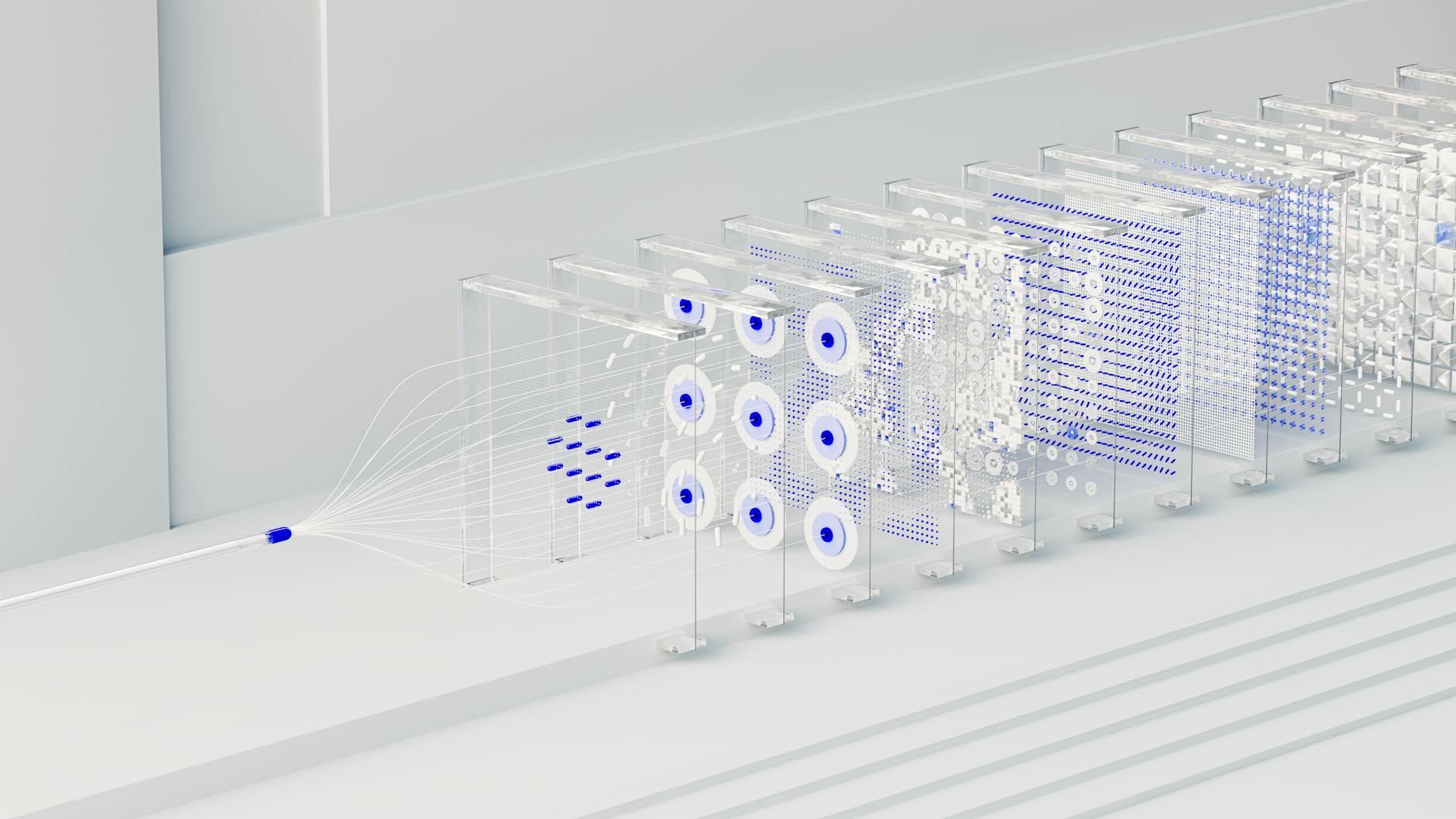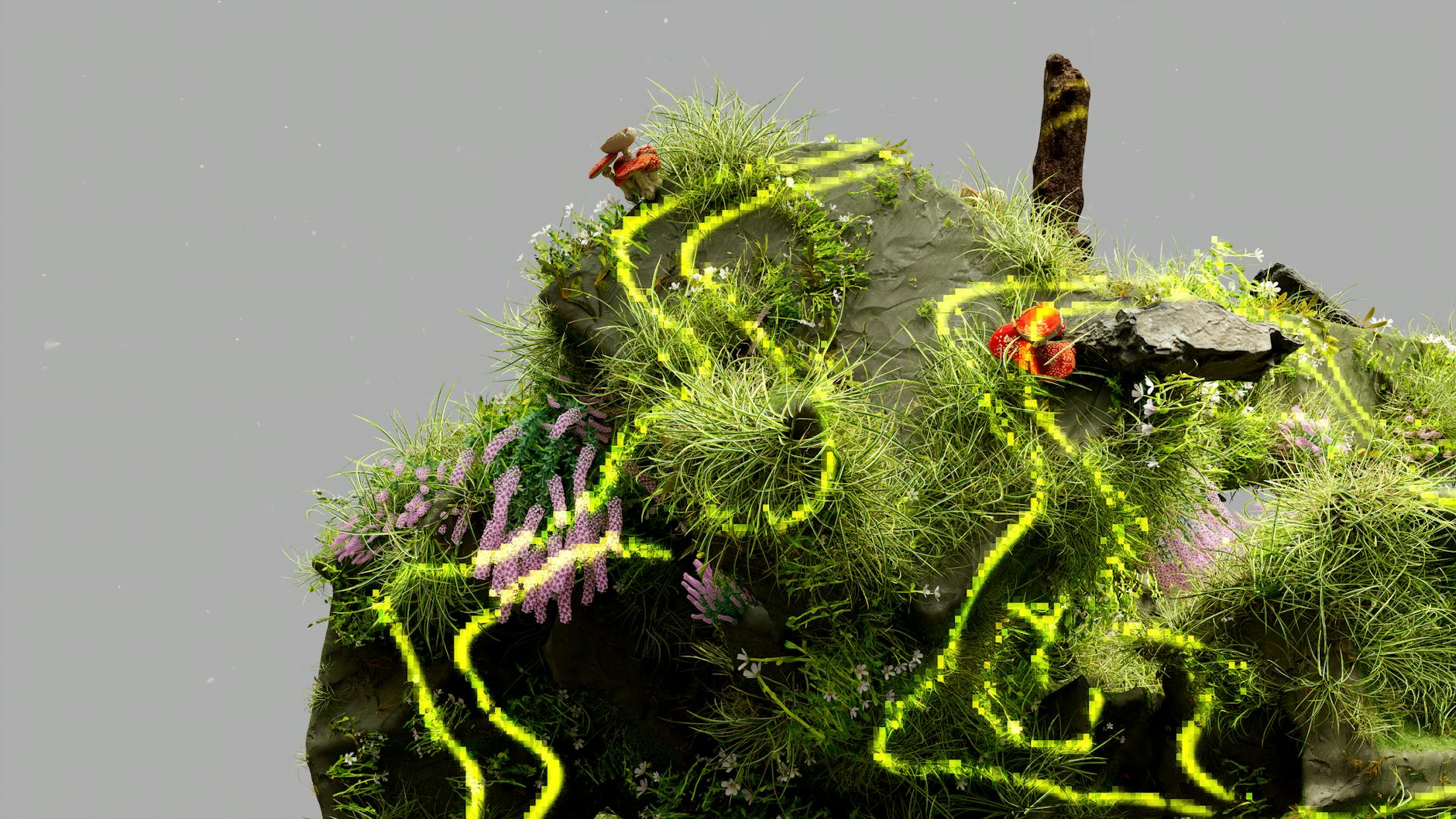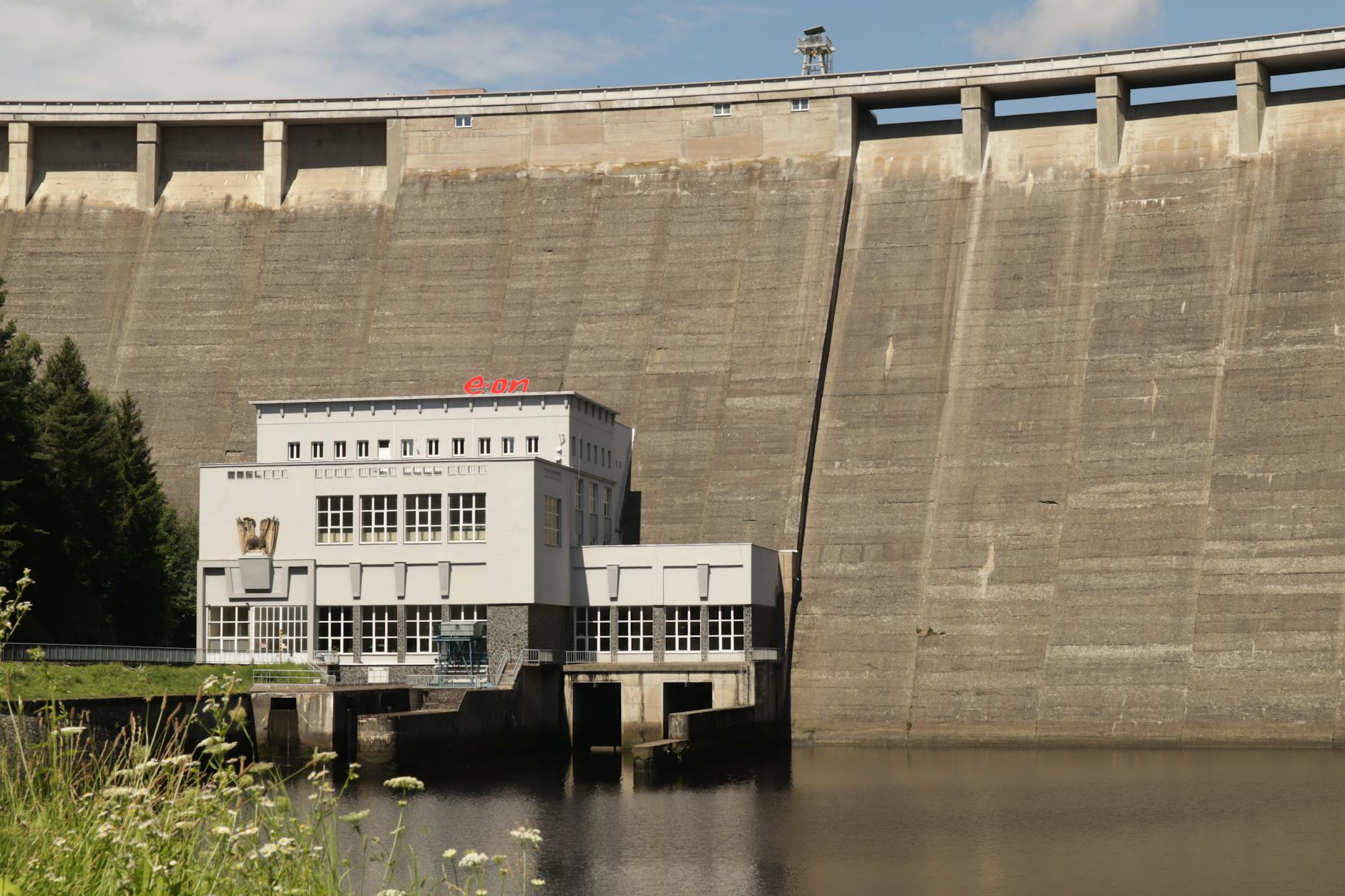- The Rise of AI-Powered Vision Systems
- Augmented Reality in Robotics
- 3D Vision and Depth Sensing
- Sensor Fusion for Robotic Perception
- The Evolution of Human-Robot Collaboration
- Ethical Considerations and Regulatory Frameworks
- Conclusion
Robotic Vision 2025: Embracing Future Innovations in Robotics
Technology is advancing at a rapid pace, and one of the most exciting areas of innovation is in robotic vision. Robots equipped with enhanced visual capabilities are revolutionizing industries ranging from manufacturing to healthcare. As we march towards 2025, the landscape of robotics is poised to undergo significant transformations, fueled by advancements in artificial intelligence, machine learning, and sensor technologies. In this article, we delve into the fascinating world of robotic vision and explore the cutting-edge innovations that are shaping the future of robotics.
The Rise of AI-Powered Vision Systems
Robots are evolving from mere automatons to intelligent machines capable of understanding and interacting with the world around them. At the heart of this transformation are AI-powered vision systems that enable robots to perceive, process, and interpret visual information in real-time. By leveraging deep learning algorithms, robots can identify objects, recognize gestures, and navigate complex environments with precision and efficiency. This ability is opening up a plethora of applications across various industries.
Augmented Reality in Robotics
One of the key trends shaping robotic vision in 2025 is the integration of augmented reality (AR) technology. AR overlays digital information onto the physical world, allowing robots to enhance their perception and decision-making capabilities. In manufacturing, for instance, AR-enabled robots can receive real-time instructions, visualize assembly processes, and detect defects with unparalleled accuracy. This integration not only improves operational efficiency but also enhances worker safety and comfort.
3D Vision and Depth Sensing
Traditional 2D vision systems are being superseded by advanced 3D vision technologies that provide robots with a depth of perception previously unattainable. By incorporating depth-sensing cameras and LiDAR (Light Detection and Ranging) sensors, robots can accurately gauge distances, detect obstacles, and navigate dynamic environments with ease. This enhanced spatial awareness is revolutionizing applications such as autonomous vehicles, warehouse automation, and robotic surgery, where precision and safety are paramount.
Sensor Fusion for Robotic Perception
Robotic vision in 2025 is not limited to visual data alone; sensor fusion is playing a crucial role in enhancing robotic perception. By combining data from multiple sensors such as cameras, infrared detectors, and ultrasonic sensors, robots can create comprehensive, multi-modal representations of their surroundings. This holistic approach to perception enables robots to adapt to diverse environments, mitigate sensor limitations, and make informed decisions in real-world scenarios.
The Evolution of Human-Robot Collaboration
A significant aspect of robotic vision in 2025 is the evolution of human-robot collaboration. As robots become more adept at interpreting human gestures, expressions, and intentions, they are seamlessly integrating into collaborative workspaces alongside human counterparts. With intuitive interfaces and natural language processing capabilities, robots are bridging the gap between man and machine, fostering synergistic relationships that enhance productivity and innovation.
Ethical Considerations and Regulatory Frameworks
While the advancements in robotic vision hold immense promise for the future, they also raise ethical considerations and regulatory challenges that need to be addressed. Questions surrounding data privacy, algorithm bias, and accountability must be carefully navigated to ensure that robotic systems are deployed responsibly and ethically. Additionally, regulatory frameworks need to evolve to keep pace with the rapid progress in robotic technologies, balancing innovation with safety and societal well-being.
Conclusion
In conclusion, robotic vision in 2025 is poised to redefine the capabilities and possibilities of robotic systems across diverse sectors. By harnessing the power of AI, augmented reality, 3D vision, sensor fusion, and human-robot collaboration, robots are transforming the way we work, interact, and live. As we look towards the future, it is imperative to embrace these innovations thoughtfully, ensuring that they are leveraged for the collective benefit of humankind.Robotic Vision 2025: Embracing Future Innovations in Robotics


